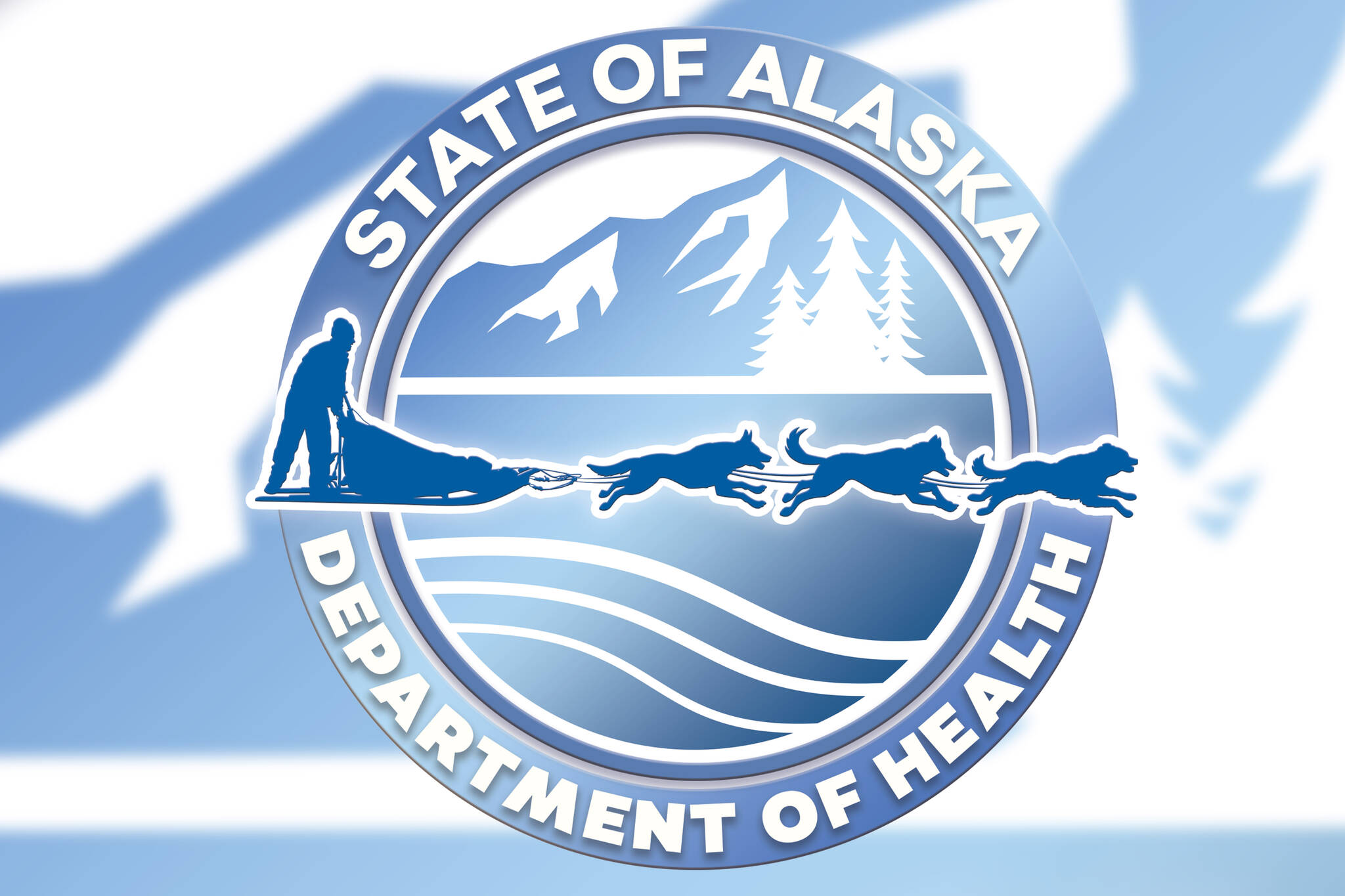A message from the Alaska Public Health Alert Network published on Monday warns of a “marked increase” in pertussis activity in the state this year, mirroring a national trend.
Most of Alaska’s reported cases have occurred in the Southcentral region, according to the report.
Pertussis, the message says, is also known as whooping cough. It’s a highly contagious respiratory disease spread via “respiratory droplets” expelled by coughing or sneezing. It can also be shared through saliva. Symptoms typically appear between five to 10 days after exposure and can last “for weeks to months.” The disease is “often milder” in adults, but in children it often starts with cold-like symptoms before progressing to severe coughing that can cause vomiting and exhaustion.
Infants are at “the highest risk for severe disease, with about one-third requiring hospitalization.”
Since June, 91 cases of pertussis have been reported to the State Section of Epidemiology, compared to only 40 between January and May. The total 131 cases this year stand in stark contrast to only 23 reported in 2023 and two in 2022. This year’s count surpasses those in each previous year since 2016, when 149 were reported.
Pertussis is combated by the DTaP and Tdap vaccines, for infants and adolescents respectively.
“Most pertussis deaths occur in young babies who either unvaccinated or incompletely vaccinated,” the message says.
While pertussis is surging, other respiratory diseases have also seen sustained activity this summer, the message notes, pointing to the state’s respiratory virus snapshot, which hasn’t been updated in over a month. At the time of the last update, on July 6, a large COVID-19 spike was being reported on the Kenai Peninsula, and there had been constant flu activity reported locally since October.
More information about respiratory diseases in Alaska can be found at the State Department of Health’s Epidemiology section at health.alaska.gov/dph/epi.
Reach reporter Jake Dye at jacob.dye@peninsulaclarion.com.


